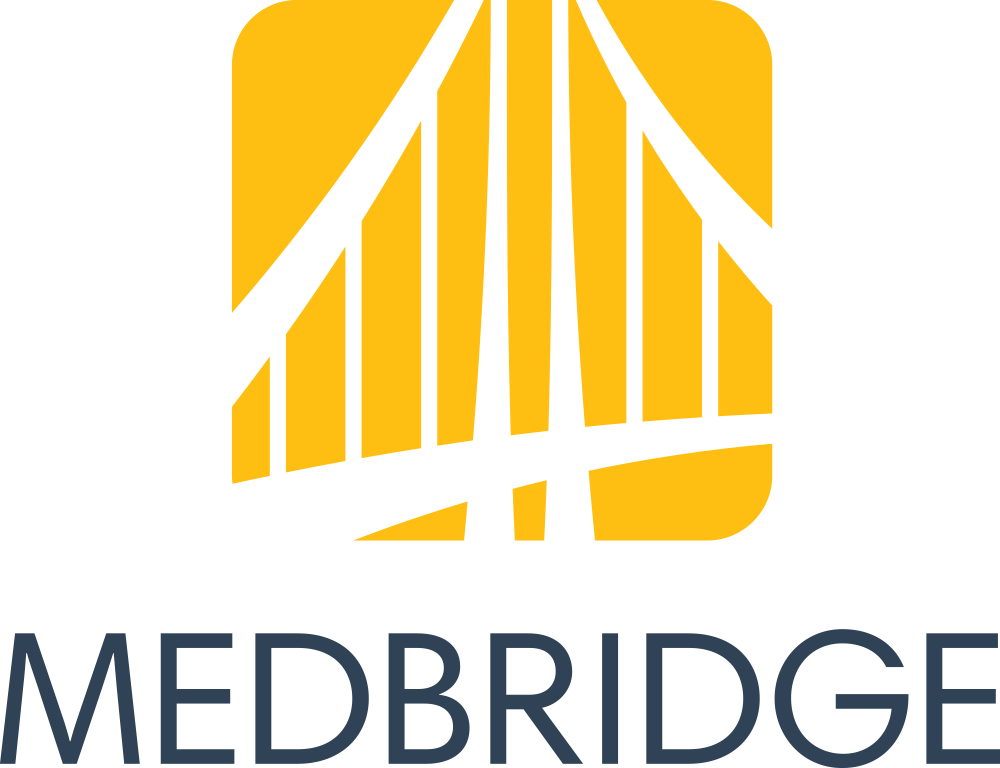Who remembers this game? I actually was an 80s kid, so mine came in a box with a World Almanac (!) and several huge discs for the Apple IIe. It looked like this:
See video
First of all, show that video to your students to elicit laughs, questions and comments. There are also YouTube samples of the 90s Carmen Sandiego game and PBS TV Show (with the inescapable theme song). After my time, sadly.
THEN, check out this amazingly cool overlay on Google Earth developed with Houghton Mifflin Harcourt (on full Chrome, laptop or Chromebook, or in the iOS Google Earth app under the Voyager menu). This Google Earth version of Where in the World is Carmen Sandiego brings you through a simplified version of the game, and you can use for language underpinnings such as:
-identifying category items (continents and cities)
-spatial concepts
-making inferences
-describing (places, maybe with the EET)
-using research tools
You can zoom in on landmarks in the view window, but interacting with the menu will kick you out of the game. I'd recommend using this game as a way of teaching students to use tabs:
Tab 1- Run the game
Tab 2- Run Google Earth to get further info about the landmarks (Wikipedia articles appear- don't attack me, I know Wikipedia is not good for research, but it is good for general semantic knowledge about any topic)
Tab 3- use for research related to the clues
Enjoy the game- use it a lot and maybe they will make another one!
Considering your professional development schedule next year? Check out Sean's offerings for training sessions.
Monday, March 18, 2019
Thursday, March 14, 2019
Cookie's Crumby Pictures Address Self-Regulation
Sesame Street has been on a self-regulation initiative for the last several years. A series of skits called Cookie's Crumby Pictures parody popular movies and model strategies for listening, recalling directions, waiting one's turn and self-control. Children would not get the references to Karate Kid or When Harry Met Sally, but find the videos entertaining nevertheless. You can even sell them to older kids with a little effort. As always, a video that covers a social-emotional concept in the context of a story offers both a social cognition and narrative teaching opportunity. Check out this full playlist here, and a few sample videos are embedded below (email subscribers, click through to the full post).
Whole Body Listening:
"Thinking with the Eyes" (see Social Thinking®) and Problem Solving:
Considering your professional development schedule next year? Check out Sean's offerings for training sessions.
Whole Body Listening:
"Thinking with the Eyes" (see Social Thinking®) and Problem Solving:
Considering your professional development schedule next year? Check out Sean's offerings for training sessions.
Thursday, March 7, 2019
Minecraft (and many other) activities at Code.org
I have previously mentioned here and here that coding activities, though designed for computer science and educational initiatives such as Hour of Code, have a lot of language underpinnings. They are engaging contexts to have students practice following directions, learn vocabulary, and use causal and conditional language in their verbal (or written) interactions. These activities are also great for "Group Plan" work (see Social Thinking®).
Additionally, I wrote about the idea of "flirting" with contexts that you really don't want to get deeply into. Minecraft is one example; kids find it very engaging but playing the actual game is something I don't have time to figure out, and may be hard to structure for efficient use of therapy time. In these cases I might use something defined that is related to the context, such as a video clip that might prompt narrative language.
As in the other coding resources I have highlighted, Code.org provides an easy to use, non technical interface. Intro videos set the context and provide directions, as well as a context for students to practice stating main ideas and the overall plan. Check out the Minecraft activity page- the Voyage Aquatic and Adventurer activities are great places to start, asking students to assemble series of blocks to move and perform simple actions. Code.org can be used without sign-in, but if you create a free account, it will save your progress. The website works on full web browsers (Mac/PC/Chromebook) or in the iPad Safari browser. You can also explore their activities from other contexts, such as "dance parties" incorporating music and app creators.
Additionally, I wrote about the idea of "flirting" with contexts that you really don't want to get deeply into. Minecraft is one example; kids find it very engaging but playing the actual game is something I don't have time to figure out, and may be hard to structure for efficient use of therapy time. In these cases I might use something defined that is related to the context, such as a video clip that might prompt narrative language.
As in the other coding resources I have highlighted, Code.org provides an easy to use, non technical interface. Intro videos set the context and provide directions, as well as a context for students to practice stating main ideas and the overall plan. Check out the Minecraft activity page- the Voyage Aquatic and Adventurer activities are great places to start, asking students to assemble series of blocks to move and perform simple actions. Code.org can be used without sign-in, but if you create a free account, it will save your progress. The website works on full web browsers (Mac/PC/Chromebook) or in the iPad Safari browser. You can also explore their activities from other contexts, such as "dance parties" incorporating music and app creators.
Friday, March 1, 2019
Power Cards with Pic Collage
Power Cards are a form of Social Narrative intervention first described by Elisa Gagnon in her book about the topic. Social Narratives are the umbrella that encompasses Carol Gray's Social Stories™ approach and are considered evidence-based. The Autism EBP Review Group of Chapel Hill describes them well: “Narratives that describe social situations in some detail by highlighting relevant cues and offering examples of appropriate responding. Social narratives are individualized according to learner needs and typically are quite short, perhaps including pictures or other visual aids." As students get older and, honestly, sometimes tire of our direct teaching, Power Cards provide a hook to their areas of interest and secure the critical factor of engagement with the material we are attempting to present. This resource review provides a great overview of using a Power Card in conjunction with a student's interest in the TV show Survivor in order to teach sportsmanship behaviors.
I recently have been working with a middle school student who is interested in mermaids and The Little Mermaid in particular, and needs some assistance in a number of social learning areas. She's quick to roll her eyes and object when language presented to her is too "teachy." I discovered that the app Pic Collage (you know, one of my faves) was a good place to make a few Power Card samples for her team in a quick manner, particularly because of the Web Search feature that allowed me to search for engaging images. It is a little difficult to type at length in Pic Collage because of its small text field, so I typed into the Notes app and cut/pasted. This app allowed me to make 4 Power Cards efficiently, incorporating some concepts from Social Thinking® and Sarah Ward and Kristin Jacobsen's situational awareness mnemonic. I was then able to send them to the team for "rollout" over a series of weeks, as we never want to bombard students with too many social narratives at once. Pic Collage products can be printed or shown on a device for review. You can also consider making the same in Book Creator.
I recently have been working with a middle school student who is interested in mermaids and The Little Mermaid in particular, and needs some assistance in a number of social learning areas. She's quick to roll her eyes and object when language presented to her is too "teachy." I discovered that the app Pic Collage (you know, one of my faves) was a good place to make a few Power Card samples for her team in a quick manner, particularly because of the Web Search feature that allowed me to search for engaging images. It is a little difficult to type at length in Pic Collage because of its small text field, so I typed into the Notes app and cut/pasted. This app allowed me to make 4 Power Cards efficiently, incorporating some concepts from Social Thinking® and Sarah Ward and Kristin Jacobsen's situational awareness mnemonic. I was then able to send them to the team for "rollout" over a series of weeks, as we never want to bombard students with too many social narratives at once. Pic Collage products can be printed or shown on a device for review. You can also consider making the same in Book Creator.
I wanted to share these examples, you can download from Google Drive here.
Labels:
apps,
narrative,
social cognition,
social pragmatics,
visual teaching
Subscribe to:
Posts (Atom)






